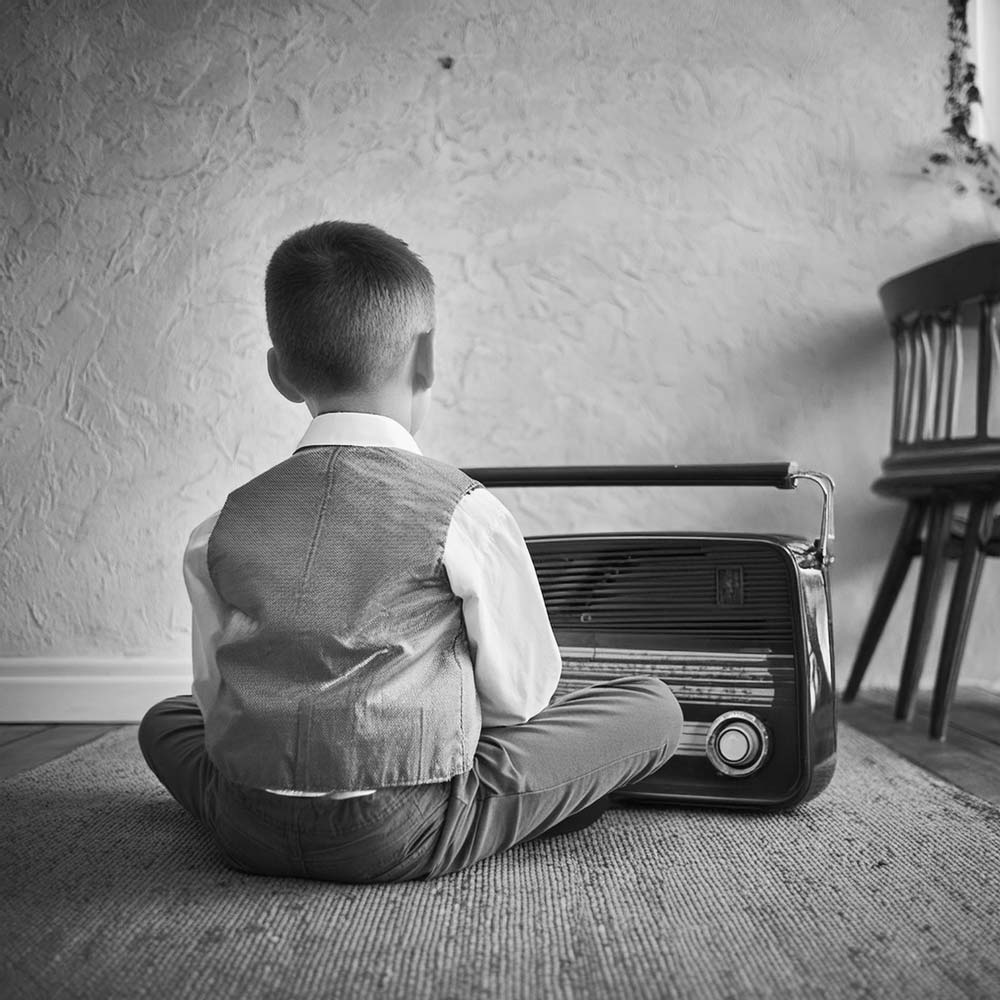The rise of Nazi Germany under Adolf Hitler is one of history’s most studied periods, primarily due to its profound impact on the world. Central to the Nazi regime’s control and its ability to mobilize the German population was its sophisticated and pervasive propaganda machinery. Nazi propaganda was not just top-down but also involved significant participation from regular people. This article explores the mechanisms of Nazi propaganda, with a particular focus on the role of radio, and examines how ordinary Germans contributed to and were influenced by this propaganda.
The Foundations of Nazi Propaganda
Propaganda in Nazi Germany was orchestrated by the Ministry of Public Enlightenment and Propaganda, led by Joseph Goebbels. The ministry’s goal was to ensure that the Nazi ideology permeated every aspect of German life, controlling the narrative in a way that aligned with Hitler’s vision. Propaganda was disseminated through various channels, including newspapers, films, posters, rallies, and radio.
The Role of Radio in Nazi Propaganda
Radio emerged as a particularly powerful tool for Nazi propaganda due to its ability to reach a broad audience. Recognizing its potential, the Nazis invested heavily in radio infrastructure. The regime ensured that radios were affordable and widely available, resulting in the widespread ownership of the “Volksempfänger” (People’s Receiver), a cheap and accessible radio designed to broadcast Nazi propaganda.
The Power of the Broadcast
Radio allowed for the direct and immediate dissemination of Hitler’s speeches, which were crafted to evoke strong emotions and foster a sense of unity and purpose. Hitler’s oratory skills, combined with the immediacy of radio, made his broadcasts particularly effective in rallying support and instilling the Nazi ideology. The speeches often targeted various groups, emphasizing themes of nationalism, anti-Semitism, and anti-Bolshevism, and they were broadcasted to homes, workplaces, and public spaces.
Programs and Messaging
Apart from Hitler’s speeches, radio programming included news broadcasts, patriotic music, and dramatizations that glorified the Nazi regime and its goals. Programs were designed to reinforce Nazi values, promote Aryan superiority, and dehumanize enemies of the state, particularly Jews. The consistency and repetition of these messages helped to embed them deeply in the public consciousness.
The Role of Regular People in Nazi Propaganda
While the Nazi regime orchestrated the propaganda, its effectiveness relied heavily on the participation and acceptance of regular people. This involvement took various forms, from active participation to passive acceptance and perpetuation of Nazi ideals.
Participation in Propaganda Events
Many ordinary Germans took part in mass rallies, parades, and other public events organized by the Nazi Party. These events were meticulously planned to create a sense of unity and belonging, using symbols, slogans, and rituals to evoke emotional responses. Participants often saw their involvement as a patriotic duty, contributing to the collective strength of the nation.
Grassroots Propaganda Efforts
The Nazi regime also encouraged grassroots propaganda efforts. Local Nazi Party offices organized community events, distributed leaflets, and ensured that Nazi symbols and messages were visible in everyday life. Regular citizens, including teachers, shopkeepers, and factory workers, were encouraged to display Nazi symbols and participate in local propaganda activities. This grassroots involvement helped to create an environment where Nazi ideology was normalized and omnipresent.
Propaganda in Education and Youth Organizations
Education was a critical area where propaganda was deeply embedded. The Nazi regime reformed the education system to ensure that children were indoctrinated with Nazi ideals from a young age. Textbooks were rewritten to reflect Nazi ideology, emphasizing racial purity, German superiority, and loyalty to Hitler.
Youth organizations, such as the Hitler Youth and the League of German Girls, played a significant role in this indoctrination. These organizations were designed to prepare young Germans for their roles in the Nazi state, promoting physical fitness, discipline, and loyalty. Participation in these groups was widespread, and they became a primary means through which young people were taught to internalize and perpetuate Nazi values.
The Role of Women in Nazi Propaganda
Women in Nazi Germany were targeted with specific propaganda that emphasized their role as mothers and homemakers, responsible for raising the next generation of Aryan children. Magazines, radio programs, and public speeches reinforced the ideal of the German woman dedicated to family and nation.
Women were also active participants in the propagation of Nazi ideology. Many joined women’s organizations like the National Socialist Women’s League, which promoted Nazi values and organized community activities. Through these groups, women played a role in spreading propaganda, organizing events, and reinforcing the regime’s messages within their communities.
The Impact of Nazi Propaganda on Regular People
The effectiveness of Nazi propaganda was evident in the widespread acceptance and participation of ordinary Germans in the regime’s activities. Propaganda shaped public opinion, created a sense of unity, and marginalized those who did not conform to Nazi ideals.
Creation of the “Volksgemeinschaft”
One of the key aims of Nazi propaganda was to create a “Volksgemeinschaft” or “people’s community,” a unified and homogeneous society that excluded those deemed undesirable, particularly Jews. Propaganda portrayed this ideal community as one where all Germans worked together for the common good, reinforcing notions of racial purity and national pride.
Dehumanization of the Enemy
Propaganda was instrumental in dehumanizing the regime’s enemies, particularly Jews, Communists, and other minority groups. By portraying these groups as subhuman and dangerous, the Nazis justified their persecution and garnered public support for discriminatory policies and actions. This dehumanization made it easier for ordinary Germans to participate in or ignore the atrocities committed against these groups.
Shaping Public Perception of War
During World War II, propaganda played a crucial role in shaping public perception of the war. Radio broadcasts, newsreels, and posters portrayed the war as a righteous and necessary struggle for the survival of the German nation. Propaganda glorified the sacrifices of German soldiers and depicted the Allies as barbaric aggressors. This messaging was designed to maintain public morale and support for the war effort, even as conditions worsened.
The Dark Side of Participation
While many Germans were active participants in Nazi propaganda, it is essential to recognize the coercive and manipulative nature of the regime. Dissent was not tolerated, and those who opposed the Nazis faced severe consequences, including imprisonment, torture, and execution. The pervasive nature of propaganda created an environment where dissent was risky, and many people complied out of fear rather than genuine belief.
Moreover, the participation of regular people in Nazi propaganda had devastating consequences. The normalization of anti-Semitism and other racist ideologies contributed to the widespread acceptance of policies that led to the Holocaust and other atrocities. The willingness of ordinary Germans to participate in and support the regime’s actions highlights the dangers of propaganda in shaping public opinion and enabling authoritarianism.
Nazi propaganda was a powerful and pervasive force that relied on the participation of regular people to achieve its goals. Through the use of radio, education, public events, and grassroots efforts, the Nazi regime was able to create a society where its ideology was deeply embedded and widely accepted. The participation of ordinary Germans, whether through active involvement or passive acceptance, was crucial in the spread and impact of Nazi propaganda. This participation underscores the profound influence of propaganda in shaping public opinion and the dangers of allowing authoritarian regimes to control the narrative. As history continues to examine this dark period, the lessons learned about the power of propaganda and the role of regular people in its propagation remain critically relevant.


